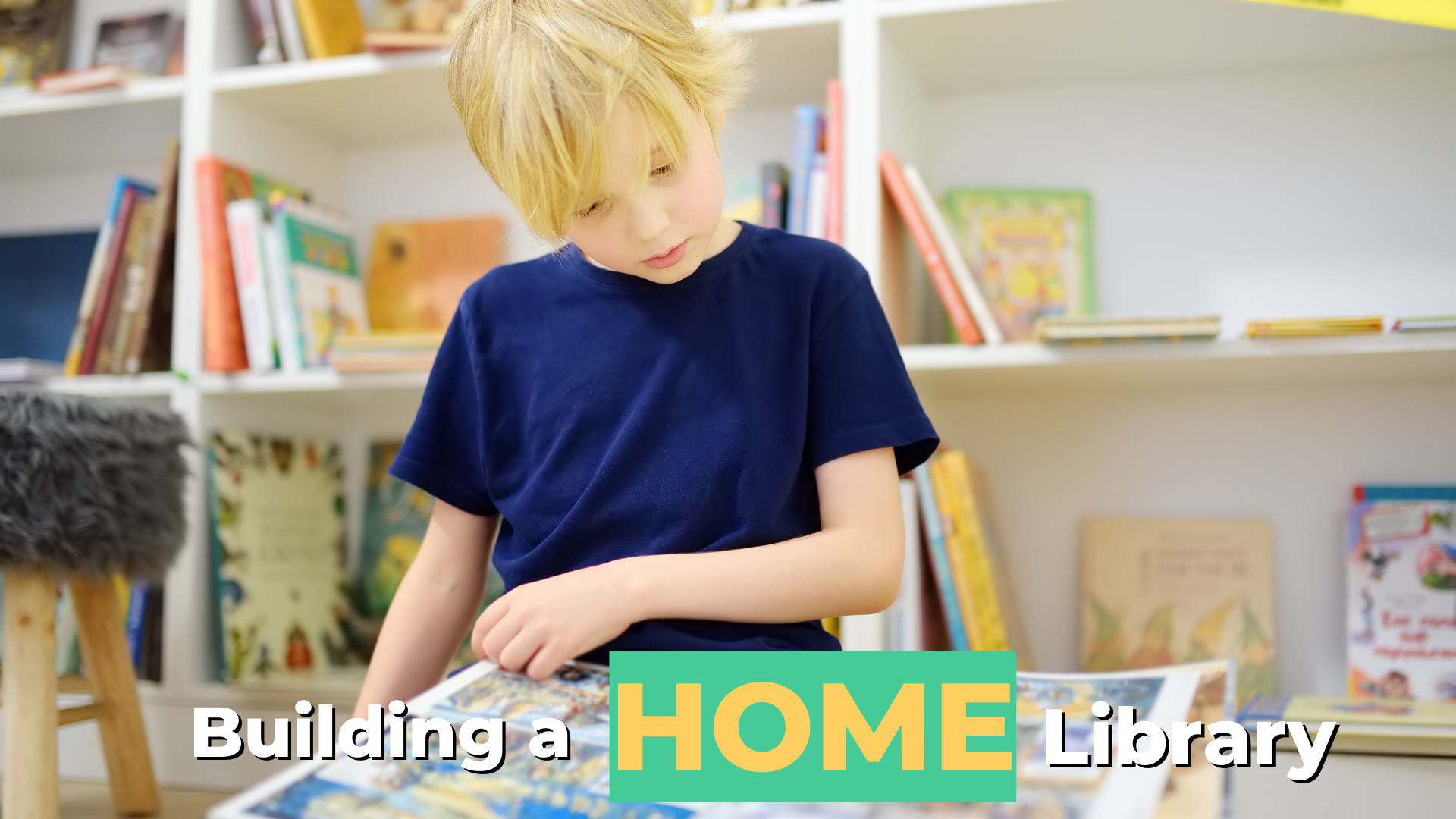Published by: Digital Schools
Building a home library for kids is a wonderful way to foster a love for reading and learning from an early age. Here are some specific tips for creating a kid-friendly home library:
Create a Colourful and Inviting Space: Use vibrant colours, playful decorations, and kid-sized furniture to make the space visually appealing and inviting for children.
Accessible Shelving: Opt for low and easily accessible bookshelves. This allows kids to reach their favorite books without assistance, encouraging independence.
Diverse Book Selection: Include a diverse selection of books that cater to different age groups, interests, and reading levels. Picture books, early readers, and chapter books should all have a place in the library.
Interactive and Educational Elements: Incorporate interactive and educational elements such as educational games, puzzles, and learning aids to make the space more engaging for kids.
Comfortable Seating: Provide comfortable seating options like bean bags, floor cushions, or small chairs. A cozy reading corner with soft materials can make reading time more enjoyable.
Labeling and Organisation: Label shelves with pictures or words to help kids easily identify where different types of books belong. This can also encourage them to learn about organisation.
Reading Nook or Reading Tent: Create a special reading nook or a reading tent within the library. This adds an element of fun and excitement to the reading experience.
Include a Variety of Formats: Include not only traditional printed books but also consider adding audiobooks, interactive e-books, and books with textures for a multisensory experience.
Regularly Update the Collection: Keep the collection fresh by regularly updating it with new and interesting books. Consider rotating books to maintain your child’s interest.
Host Reading Activities: Use the space for reading-related activities, such as storytelling sessions, book clubs for kids, or themed reading events. This can make the library a social and educational hub.
Engage with Technology: Integrate age-appropriate educational apps or interactive e-books into the library to incorporate technology in a meaningful way.
Encourage Art and Creativity: Include a small art station with crayons, markers, and paper. Kids can create their illustrations or write and illustrate their stories.
Incorporate Personalisation: Allow your child to personalize their space by letting them choose decorations or artwork to display in the library.
Celebrate Achievements: Create a reading chart or system to track your child’s reading achievements. Celebrate milestones with small rewards to encourage a positive reading experience.
Building a home library for kids is not just about the books but also about creating an environment that nurtures a lifelong love for reading and learning. Make it a space where imagination and curiosity thrive.


